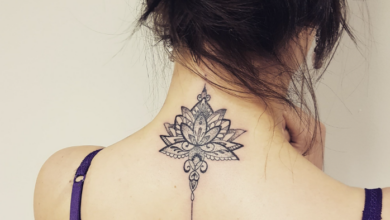
In this article, you will explore the fascinating world of tattoos and gain a deeper understanding of color and pigments used in the art of body ink. From vibrant, eye-catching designs to more subtle, muted tones, the tints of tattoos make a bold statement and hold special significance for each individual. Discover the various pigments used in tattooing and how they interact with different skin tones, allowing you to express your unique personality and style through this ancient form of self-expression. Get ready to unravel the captivating world of tattoo colors!
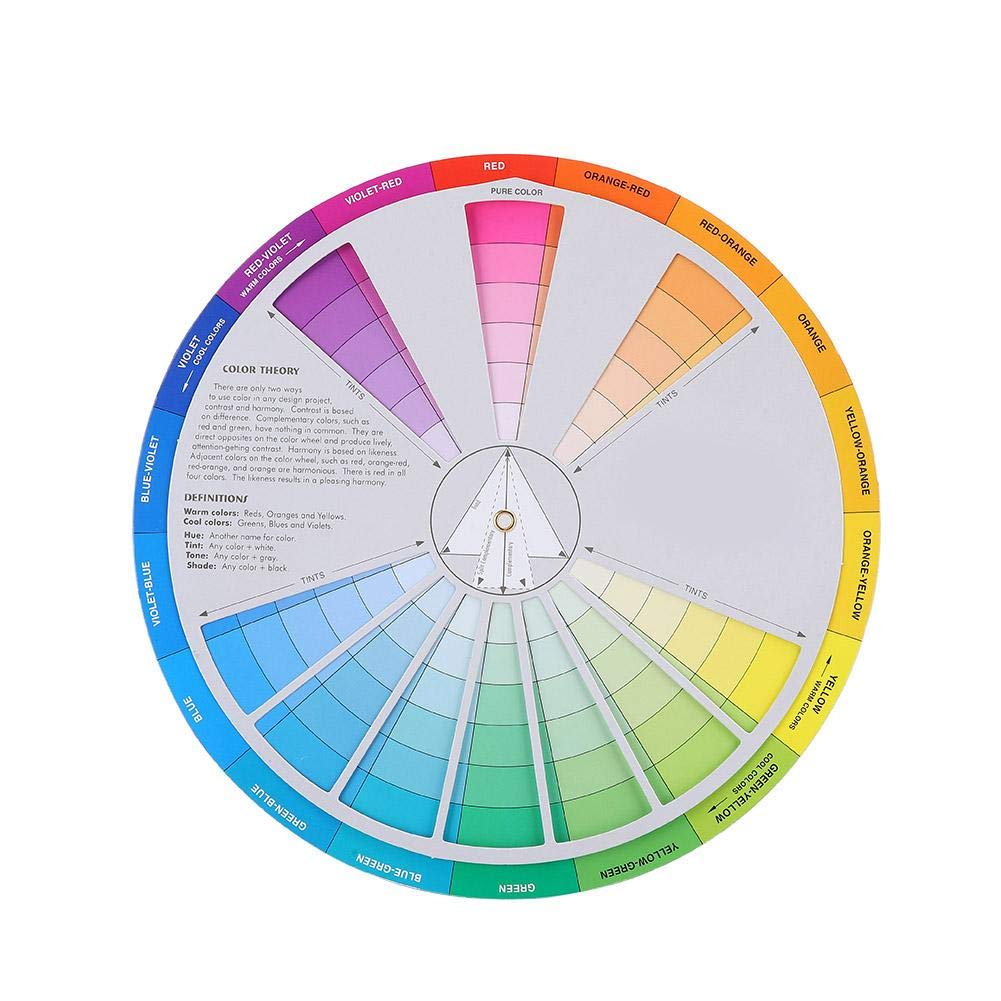
Color Theory and Pigments
The Science Behind Color
Color is a fascinating phenomenon that has been studied by scientists for centuries. It is the result of light interacting with our eyes and the way our brains process that information. Without getting too technical, let’s dive into the basics.
Color is made up of three main components – hue, intensity, and value. Hue refers to the actual color itself, like red, blue, or green. Intensity relates to the brightness and saturation of the color, while value refers to the lightness or darkness of the color.
Primary Colors
When it comes to color theory, primary colors are the building blocks of the color spectrum. These colors cannot be created by mixing other colors together. In traditional color theory, the primary colors are red, blue, and yellow.
Secondary Colors
Secondary colors are created by mixing two primary colors together. The three secondary colors are orange (red and yellow), green (yellow and blue), and purple (red and blue). These colors offer a wider range of possibilities and give artists more flexibility when working with pigments.
Complementary Colors
Complementary colors are pairs of colors that are opposite each other on the color wheel. When placed next to each other, they create a strong visual contrast and can enhance the overall impact of a tattoo. For example, red and green are complementary colors, as are blue and orange. Understanding the concept of complementary colors can help tattoo artists create eye-catching and visually appealing designs.
Warm and Cool Colors
Colors can also be categorized as warm or cool. Warm colors, such as reds, oranges, and yellows, create a sense of energy, vibrancy, and warmth. On the other hand, cool colors, such as blues, purples, and greens, evoke feelings of calmness, tranquility, and serenity. By using a combination of warm and cool colors, tattoo artists can create different moods and atmospheres within their artwork.
Common Tattoo Colors and Pigments
Black Ink
Black ink is one of the most commonly used colors in tattooing. It is versatile and can be used for outlines, shading, and filling in larger areas. Black ink is typically made from carbon-based pigments, which are considered some of the safest pigments to use in tattoos. They are less likely to cause allergic reactions or complications compared to other colors.

Color Tattoos
Color tattoos, as the name suggests, incorporate a variety of colors into the design. These colors can range from vibrant and bold to more subdued and pastel tones. The possibilities are endless when it comes to creating color tattoos, and the choice of pigments plays a crucial role in achieving the desired results.

Popular Pigments
There are countless pigments available for tattoo artists to choose from, each with its own unique properties and characteristics. Some of the most popular pigments include reds, blues, yellows, and greens. These colors can be mixed and matched to create an endless array of hues and shades. It’s important for tattoo artists to have a good understanding of color theory and how pigments interact with each other to create the desired effects.

Organic vs Inorganic Pigments
Tattoo pigments can be categorized into two main types – organic and inorganic. Organic pigments are derived from natural sources, such as plants and minerals. They tend to fade faster over time, but some artists prefer using them for their vibrant and natural-looking results.
On the other hand, inorganic pigments are synthetic and made from chemicals. They tend to last longer and maintain their intensity even after years of being tattooed. However, some people may have a higher risk of allergic reactions to these pigments, so it’s important to discuss any concerns with your tattoo artist.
Safety of Tattoo Pigments
The safety of tattoo pigments is a topic of concern for many people considering getting a tattoo. It’s essential to choose a reputable and experienced tattoo artist who uses high-quality pigments and follows strict hygiene practices. Additionally, some countries have regulations in place to ensure the safety of tattoo pigments. Checking with local authorities and researching the pigments used by your tattoo artist can provide peace of mind.
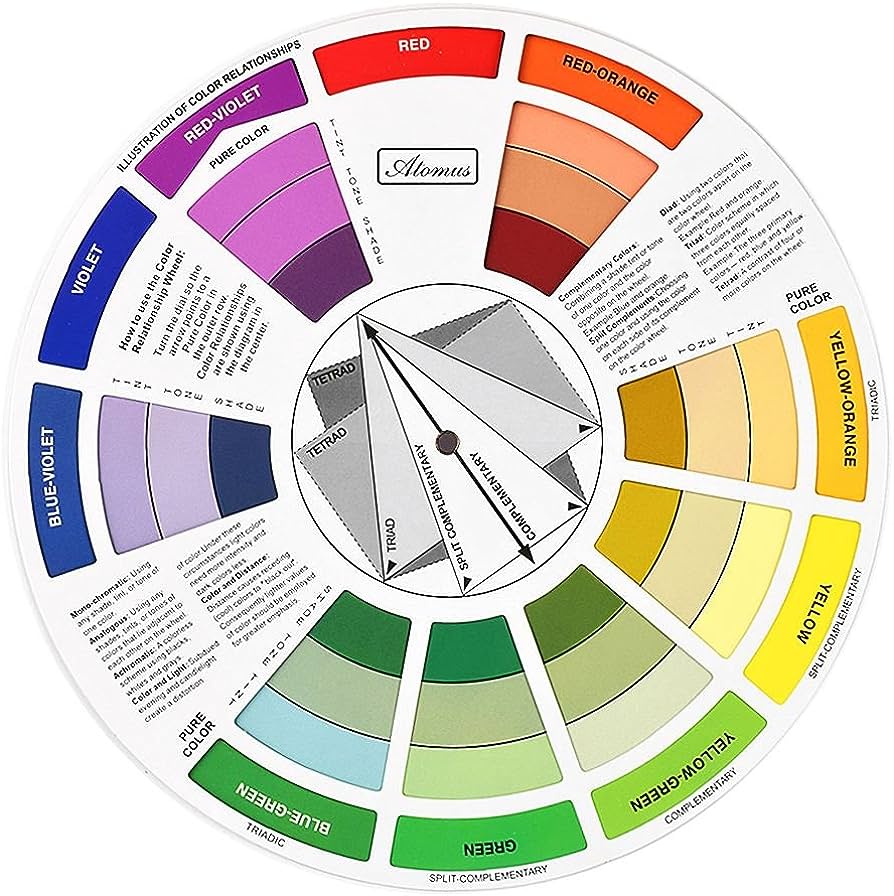
Effect of Skin Tone on Tattoo Colors
Skin Undertones
Skin undertones play a significant role in how tattoo colors will appear on the skin. Undertones can be categorized as warm, cool, or neutral. Warm undertones have hints of yellow, while cool undertones have hints of pink or blue. Neutral undertones have a balance of both warm and cool tones.
Understanding your skin’s undertones can help you choose the right colors that will complement your natural complexion. It’s also important to consult with a professional tattoo artist who has experience working with different skin tones.
Choosing the Right Colors
When choosing colors for your tattoo, it’s crucial to consider how they will interact with your skin tone. Some colors, like warm hues such as reds and oranges, tend to work well on warm undertones. Conversely, cool undertones can be complemented by colors like blues and purples. However, this is not a hard and fast rule, as personal preferences and artistic vision also come into play.

Tattooing Darker Skin Tones
Tattooing darker skin tones can present unique challenges, but it is certainly possible to create stunning tattoos on all skin tones. Darker skin tones often have a higher concentration of melanin, which can affect the appearance of certain colors. Tattoo artists experienced in working with darker skin tones will have the necessary knowledge and skills to address these considerations and create beautiful designs.
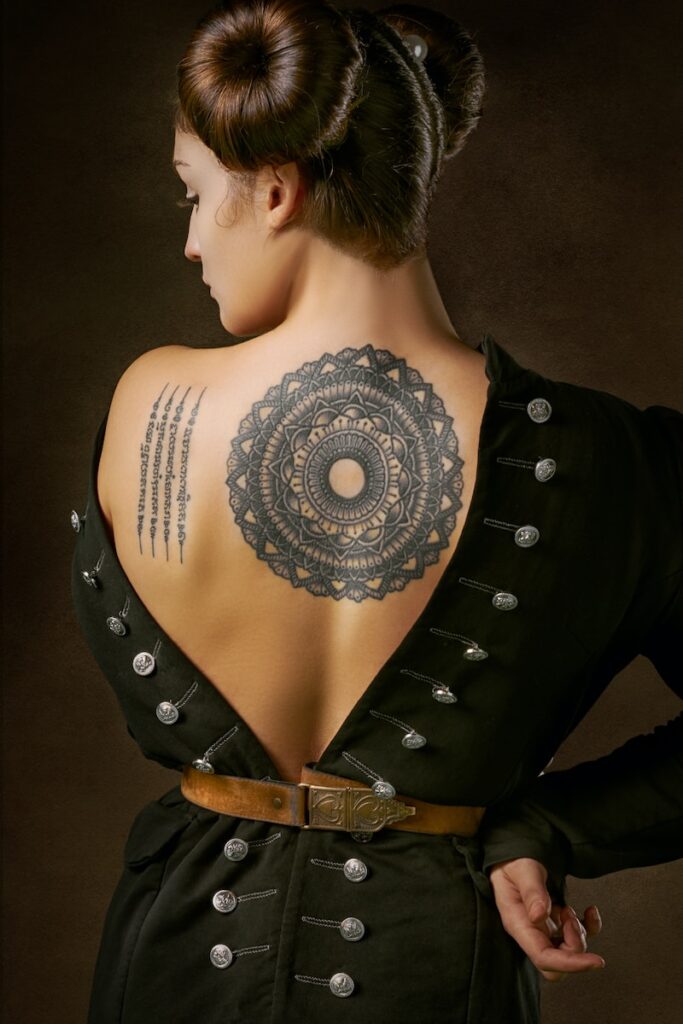
Tattooing Lighter Skin Tones
Tattooing lighter skin tones offers its own set of considerations. Lighter skin tones tend to show colors more vibrantly and can provide a canvas for intricate and delicate designs. However, some lighter skin tones may be prone to irritation or hyperpigmentation, so proper aftercare is crucial to ensure the best possible outcome.

Fading and Aftercare
Causes of Tattoo Fading
Tattoo fading is a natural process that occurs over time, but various factors can contribute to the speed and intensity of fading. Exposure to the sun’s UV rays is one of the primary causes of tattoo fading. Other factors, such as the quality of the pigments used, the location of the tattoo, and individual skin characteristics, can also influence the longevity of the tattoo’s color.
Sun Exposure and UV Damage
Sun exposure is one of the biggest culprits when it comes to tattoo fading. UV rays can break down the pigments in the tattoo ink, causing the colors to fade and lose their vibrancy. To protect your tattoo from sun damage, it’s important to cover it with clothing or apply a high SPF sunscreen when exposed to the sun. Additionally, keeping your tattoo moisturized can help maintain its appearance and prevent premature fading.
Proper Aftercare for Longevity
Proper aftercare is essential for not only the healing of your tattoo but also for the long-term preservation of its color. Following your tattoo artist’s instructions for washing, moisturizing, and protecting your tattoo will help minimize the risk of infection and support the healing process. Additionally, avoiding activities that may cause excessive friction or damage to the tattooed area can help prevent premature fading.
Retouching and Touch-ups
Even with proper aftercare, tattoos can still experience some fading over time. Touch-ups and retouching sessions can help restore the tattoo’s color and vibrancy. It’s important to communicate with your tattoo artist about any concerns regarding color fading and to schedule touch-ups as needed to keep your tattoo looking its best.
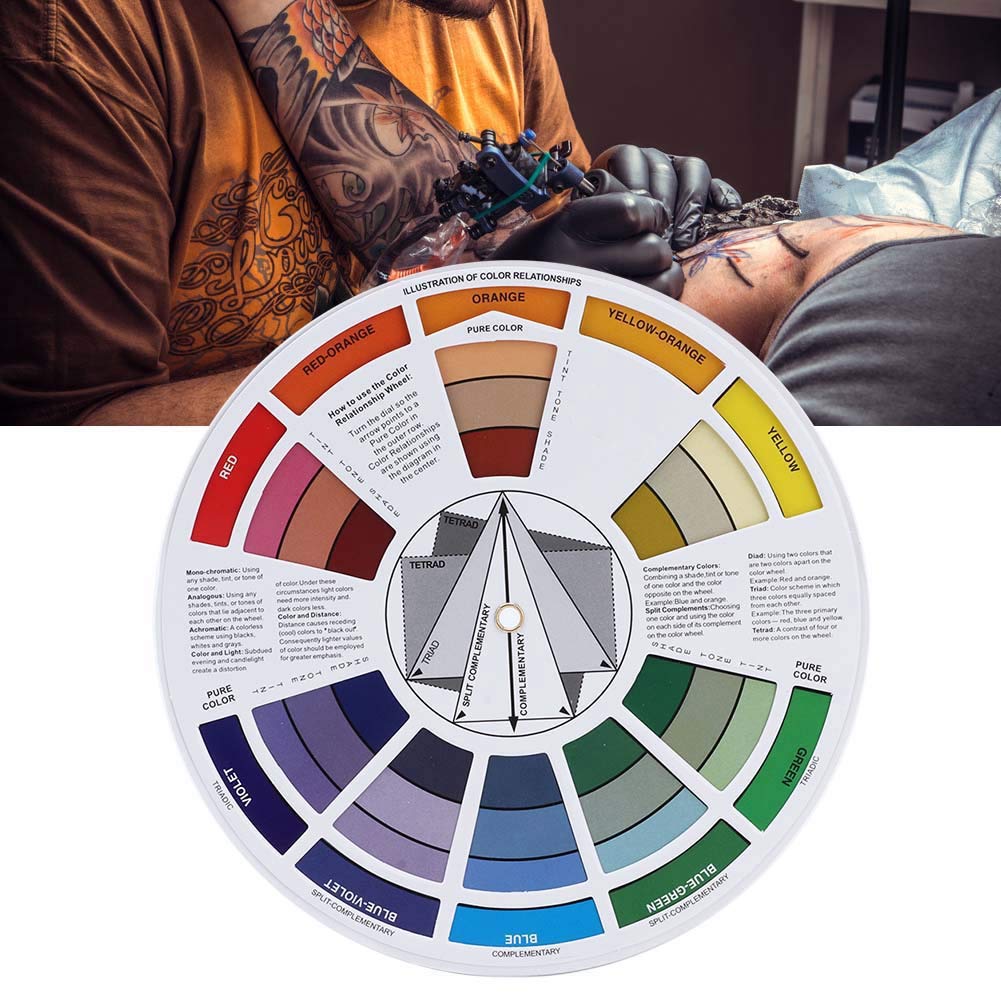
Color Corrections and Cover-ups
Fixing Faded or Distorted Colors
In some cases, tattoos may experience unwanted color fading or distortion due to various factors. Fortunately, skilled tattoo artists can often correct or enhance the appearance of the tattoo through color corrections. This process involves carefully introducing new pigments to balance out the existing colors and create a more harmonious design.
Covering up Unwanted Tattoos
Sometimes, individuals may wish to cover up an existing tattoo with a new design. This could be due to personal reasons, changes in taste, or the desire for a fresher look. Skilled tattoo artists can create cover-up tattoos by strategically using new pigments and designs to camouflage the existing tattoo. It’s important to consult with an experienced tattoo artist to determine the feasibility and best approach for covering up an unwanted tattoo.
Consulting with a Tattoo Artist
When it comes to color corrections and cover-ups, it is essential to consult with a professional tattoo artist who specializes in these techniques. They can assess the current state of your tattoo, discuss your goals and preferences, and provide expert advice on the best course of action. Remember, a skilled tattoo artist has the knowledge and experience to guide you through the process and ensure the best possible outcome.
Tattoo Removal and Pigment Removal
Laser Tattoo Removal
Laser tattoo removal is one of the most common methods for removing unwanted tattoos. It involves using laser technology to break down the tattoo pigments into smaller particles that can be naturally eliminated by the body’s immune system. Laser tattoo removal typically requires multiple sessions spread over several months, depending on various factors such as the size, color, and depth of the tattoo.
Tattoo Removal Creams
Tattoo removal creams claim to gradually fade tattoos over time by breaking down the pigments in the skin. However, the effectiveness of these creams is often debated, and results can vary greatly depending on the individual and the tattoo. It’s important to approach tattoo removal creams with caution and consult with a healthcare professional before trying any such products.
Surgical Tattoo Removal
Surgical tattoo removal involves physically removing the tattooed skin through excision or skin grafting. This method is typically reserved for smaller tattoos or specific cases where laser removal may not be suitable. Surgical tattoo removal may leave scars or have longer recovery times compared to other methods.
Pigment Removal Techniques
In some cases, individuals may wish to lighten or remove certain pigments from their tattoos without fully removing the entire tattoo. This can be accomplished using techniques such as tattoo lightening or selective pigment removal. These methods involve targeted approaches to fading or removing specific colors or areas within a tattoo. Consulting with a qualified tattoo artist or dermatologist is crucial to determine the best approach for your individual situation.
Color Trends in Tattoos
Popular Color Schemes
Tattoo trends are constantly evolving, and color schemes play a significant role in determining the overall aesthetic of a tattoo. Some popular color schemes include monochromatic tattoos, which use various shades of a single color to create depth and dimension. Other popular color schemes include complementary color combinations, analogous color schemes, and contrasting color palettes. Trends can vary greatly depending on personal preferences, cultural influences, and the individual artist’s style.
Watercolor Tattoos
Watercolor tattoos have gained popularity in recent years for their unique and vibrant appearance. They mimic the fluid and ethereal qualities of watercolor paintings, often featuring delicate and blended washes of color. Watercolor tattoos can incorporate a wide range of hues and shades, creating a dreamy and artistic effect on the skin.
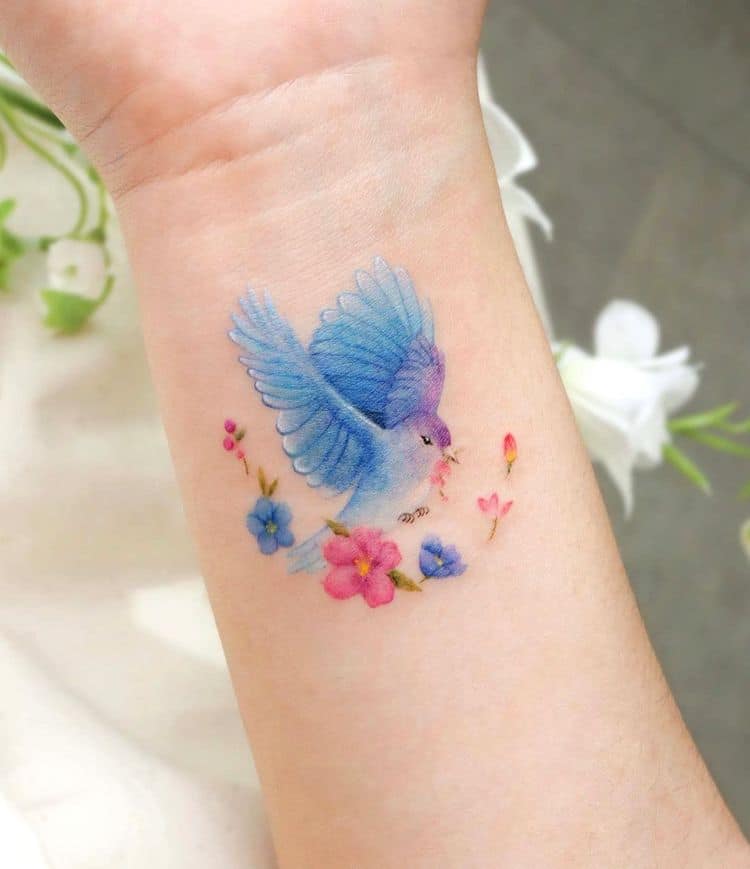
Minimalist Coloring
Minimalist coloring is another trend that has gained traction in the tattoo industry. These tattoos often feature simple and clean designs with limited color palettes, focusing on bold lines and negative space. This minimalist approach to color allows the design to speak for itself, making a bold statement with minimalistic elements.

Pastel and Neon Tones
Pastel and neon tones have also become popular choices for tattoos in recent years. Pastel colors offer a softer and more subdued aesthetic, while neon tones bring a vibrant and eye-catching element to the design. These color choices can add a unique and contemporary twist to traditional tattoo styles, allowing individuals to express their personality through their ink.

Importance of Choosing a Skilled Tattoo Artist
Artist’s Understanding of Color Theory
Choosing a skilled tattoo artist is essential when it comes to achieving the desired color and pigment outcomes. A knowledgeable artist who understands color theory can help guide you in selecting the right colors based on your skin tone, design, and personal preferences. They can also provide valuable insights on how different pigments may age and fade over time, ensuring your tattoo remains visually appealing for years to come.
Artist’s Experience with Pigments
An experienced tattoo artist will have a vast knowledge of different pigments and their behavior when applied to the skin. They will know which pigments work best for specific designs and skin tones, as well as how to create depth, shading, and highlights using various colors. Their experience and expertise will contribute to the longevity and overall quality of your tattoo.
Portfolio and Previous Work
One of the best ways to assess a tattoo artist’s skill and understanding of color and pigments is to review their portfolio and previous work. A reputable artist will have a diverse range of tattoo designs that demonstrate their ability to work with different colors, styles, and skin tones. Take the time to thoroughly review their portfolio and see if their work aligns with your vision and expectations.

Conclusion
Understanding color theory and pigments is crucial when it comes to getting a tattoo that not only looks visually appealing but also stands the test of time. Whether it’s selecting the right colors based on your skin tone, maintaining the vibrancy of your tattoo through proper aftercare, or exploring the latest color trends, color plays a significant role in the world of tattoos.
By working with a skilled tattoo artist who understands color theory, possesses experience with pigments, and showcases a strong portfolio, you can ensure that your tattoo will be a work of art that reflects your individuality and personal style. Remember, investing time and effort into researching and selecting the right artist will ultimately result in a tattoo that you can proudly wear for a lifetime.
Tattooing 101: Choosing The Right Tattoo’s Ink For Your Skin(Opens in a new browser tab)
Stylish.ae’s Guide To Timeless Black And Gray Tattoos(Opens in a new browser tab)
Aftercare Affairs: Stylish.ae’s Essential Guide To Tattoo Healing(Opens in a new browser tab)




